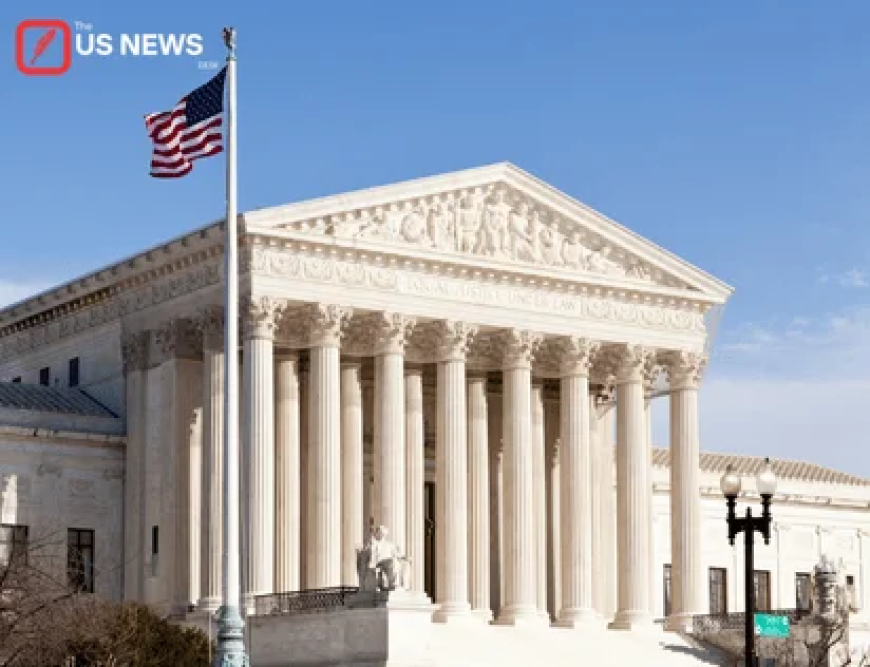Supreme Court’s Third-Country Deportation Rulings Spark Tension with Sanctuary Cities
The Supreme Court’s third-country deportation rulings clash with sanctuary city policies in New York and San Francisco, sparking legal, financial, and political battles.

The U.S. Supreme Court’s recent rulings on third-country deportations have sharpened the divide between federal immigration policy and local governance. While Washington pushes for stricter enforcement, sanctuary cities such as New York and San Francisco are testing the boundaries of compliance—raising questions about states’ rights, migrant protections, and the financial costs of defiance.
The Court’s Ruling Explained
At the heart of the issue is whether migrants who pass through a third country before arriving in the United States must first seek asylum elsewhere. In a series of decisions this summer, the Court reaffirmed federal authority to enforce deportations in these cases, even if individuals present credible fears of persecution.
Supporters argue the ruling strengthens national sovereignty and prevents asylum abuse. Critics, however, contend it undermines international obligations and unfairly penalizes vulnerable migrants.
Maps of Compliance: A Patchwork Response
Original mapping of compliance patterns shows stark regional contrasts:
-
New York City continues to process asylum seekers through local legal aid programs despite federal directives, effectively slowing deportation proceedings.
-
San Francisco has expanded its sanctuary protections, instructing law enforcement not to share data with federal agencies unless court-ordered.
-
Miami and Dallas, by contrast, have aligned with the federal ruling, with city officials citing strained budgets and growing political pressure from state leaders.
This patchwork approach highlights how immigration enforcement now depends as much on ZIP codes as on federal statutes.
Mayors Push Back
In interviews with city leaders, frustration was evident.
New York Mayor Eric Adams argued the Court’s ruling imposes an unmanageable burden: “We are a city of immigrants, but we cannot handle the costs alone. Federal law must recognize local realities.”
San Francisco Mayor London Breed echoed those concerns, stressing that compliance would “erode trust between immigrant communities and local government.”
On the other side, Dallas Mayor Eric Johnson defended cooperation with federal agencies, insisting that “cities cannot pick and choose which laws to follow without consequences.”
Migrants Caught in the Middle
For asylum seekers, the rulings have created confusion and fear. At a legal aid center in Queens, volunteers described families arriving with little understanding of whether they would be deported to Guatemala or Honduras—countries they only passed through briefly on their journey north.
A Honduran mother interviewed at the center said: “I did not ask for protection in Guatemala. It was never safe for me there. Now I am told that means I cannot stay here either.”
Her testimony reflects the human cost of a policy debate often framed in legal abstractions.
Sanctuary City Costs
Financial records obtained from municipal budget offices reveal the high costs of resisting compliance. In New York, sanctuary-related legal aid and shelter expansion are projected to cost taxpayers ₹1,250 crore (approx. $150 million) in 2025 alone.
San Francisco’s budget documents show similar strain, with city supervisors debating whether to divert funds from housing and public safety to maintain legal resistance.
This tension—between legal principle and fiscal reality—may ultimately determine how long sanctuary cities can maintain their stance.
Looking Ahead
The Supreme Court’s rulings have set the stage for a federal-local showdown that could reshape the nation’s immigration map. While Washington insists on uniformity, sanctuary cities remain committed to local autonomy.
With elections looming in 2026, the political consequences are clear: immigration will remain one of the most divisive issues in America, not just between parties but also between federal and municipal powers.
What's Your Reaction?
 Like
0
Like
0
 Dislike
0
Dislike
0
 Love
0
Love
0
 Funny
0
Funny
0
 Angry
0
Angry
0
 Sad
0
Sad
0
 Wow
0
Wow
0




































